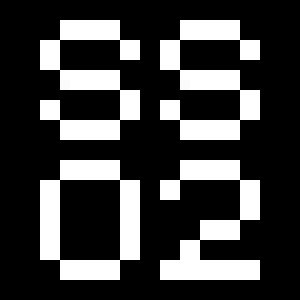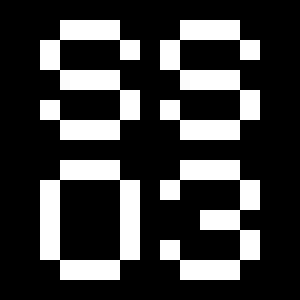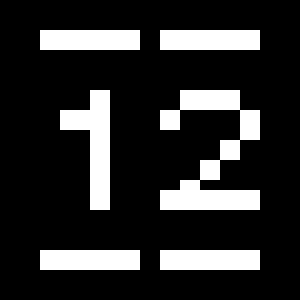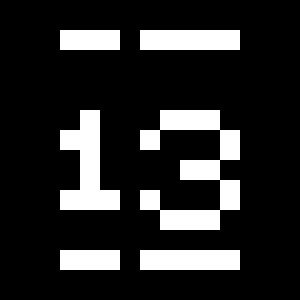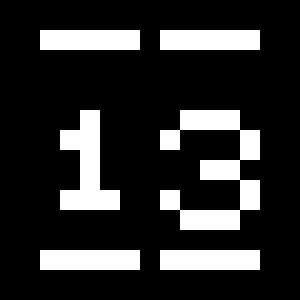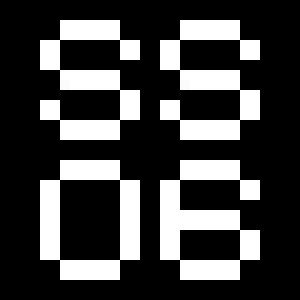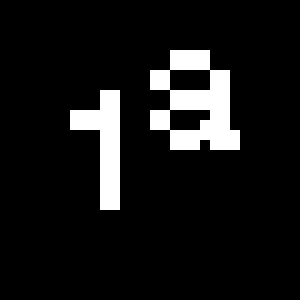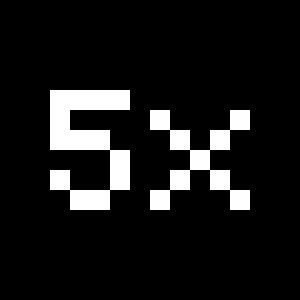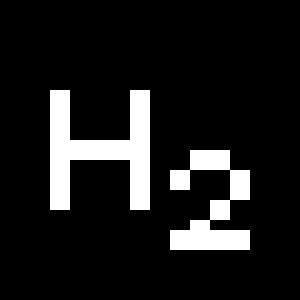Executive
OpenType Features
«Optimo»
@|¦()[]{}¿¡‹›«»-–—·
«OPTIMO»
@|¦()[]{}¿¡‹›«»-–—·
l ĺľŀłļ
Gallerist
l ĺľŀłļ
Gallerist
←→↑↓↖↗↘↙ ↤↦↥↧ ↰↱↲↳↴
←→↑↓↖↗↘↙ ↤↦↥↧ ↰↱↲↳↴
m
formal
m
formal
0123456789
0123456789
3/4 3/8 5/8 7/8
3/4 3/8 5/8 7/8
up+down
+±×÷−=≈≠¬∞
up+down
+±×÷−=≈≠¬∞
Habcdefghijklmn
Hopqrstuvwxyz()[].,
Habcdefghijklmn
Hopqrstuvwxyz()[].,
Habcdefghijklmn
Hopqrstuvwxyz()[].,
Habcdefghijklmn
Hopqrstuvwxyz()[].,
Habcdefghijklmn
Hopqrstuvwxyz()[].,
Habcdefghijklmn
Hopqrstuvwxyz()[].,
Habcdefghijklmno
Hpqrstuvwxyz()[].,
Habcdefghijklmno
Hpqrstuvwxyz()[].,
fi ffi fl ffl ff
fi ffi fl ffl ff
fb fh fj fk ft fu fv fw fy
tf ti tj tt tu tv tw ty ffj
fft ttf ttj
fb fh fj fk ft fu fv fw fy
tf ti tj tt tu tv tw ty ffj
fft ttf ttj
Character Map
Uppercases
Lowercases
Accented Uppercases
Accented Lowercases
Standard Ligatures
Discretionary Ligatures
Punctuation
Lining Figures
Slashed Zero
Numerators
Denominators
Superscripts/Superiors
Subscripts/Inferiors
Prebuilt Fractions
Symbols
Mathematical Symbols
Currencies
Arrows
Ordinals
About
Elementary in the matter of aesthetics but sophisticated in terms of drawing, Executive was designed as a classic sans-serif typeface but with the raw DNA of a typewriter-generated type.
A Hammond typewriter shuttle triggered the design of Executive, which was developed by Gavillet & Rust. The overall aspect of the Hammond’s typeface is quite narrow and some letters like the “W” or the “M” are very compact due to the specificities of the technique. The generous space between letters is another interesting feature of the typeface, as it gives a very clear and sharp aspect. This led to the skeleton of Executive, the drawing of which was developed through testing in different editorial contexts, between 2002 and 2007. As a result, Executive is characterized by its very pragmatic design: a slender width, which has been adapted proportionally, combined with a generous spacing, resulting in an economic and highly legible typeface.




